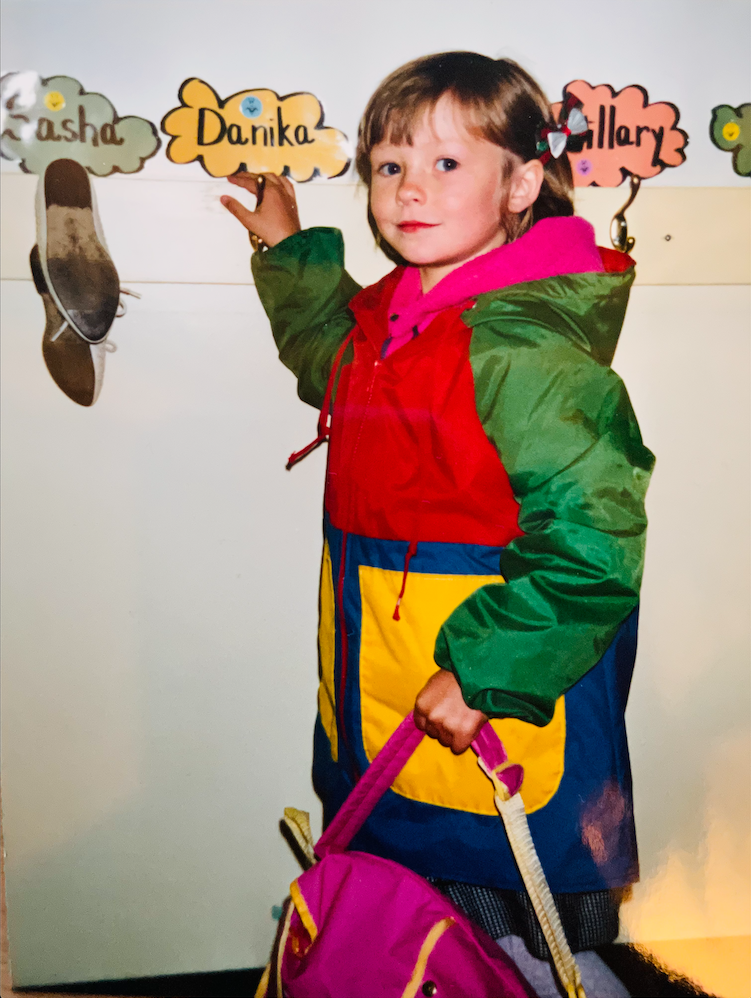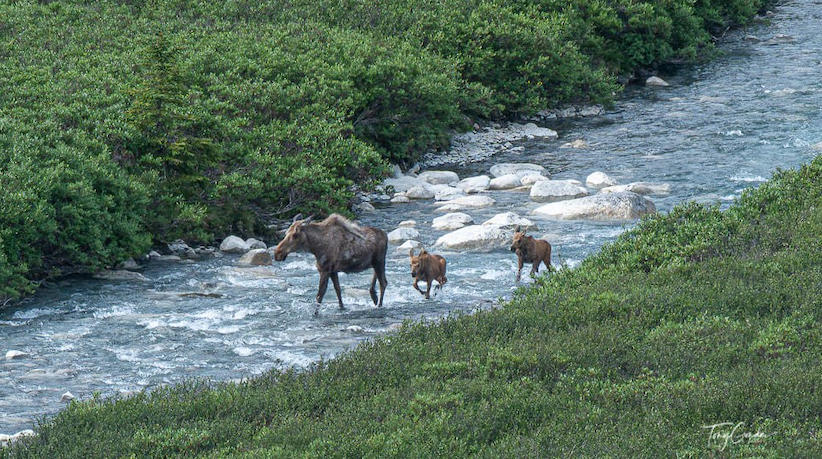
Curriculum development from a traditionalist perspective is widely used across schools in Canada.
The Smith articles examine methods for organizing schooling – these include both theories and practices.
The dominant mode of managing education today is in the productive form – also defined as “curriculum as a product.” -Smith, Curriculum Theory and Practice
What is it?
” Product – Curriculum as an attempt to achieve certain ends in students.” – Smith Reading
Examples:
-Curriculum that is pre-determined
-Clearly defined learning objectives and learning methods
-Technical, systematic, organized
-Categorical
-Leans towards a mechanistic way of viewing the learning process
-Measurability is important
Think about…….
How have I experienced the Tyler Rationale in my own schooling?
There were stages of learning in each grade – For example – progressing through each level of math workbook each year and grade. Every year you start a new level and are expected to reach mastery of that level by the end of the school year ( as well as sometimes an introduction to the next level).
-Reading from staged learning literature, at the “expected” academic level e.g. vocabulary learning meets certain expectations.
-Social studies – pre-determined curriculum for each year of learning. (In my school years, we learned little about Indigenous histories in the North, although this is now changing).
-Learning and practicing patience – Waiting for the class to be finished their work together before we move on to the next stage -The class progressively moves through different stages together.
-Having a somewhat clear sense of expectations e.g. “this is the textbook we are learning from. This is the material you are expected to know and understand by the end of the school year.”
What are the limits of the Tyler rationale – and what does it make impossible?
-It does not consider that students learn at a different pace -It forces the teacher to pace the class according to the certain, predetermined stages of learning. There is less flexibility room for supporting individual growth and individual pacing.
This may present challenges for the learner who needs extra time and specialized attention to support their learning.
It may also create drawbacks for “quick learners” who grasp the material quickly, and they may become bored, disengaged, or even disruptive in the classroom. This can also create challenges with re-engaging this type of learner later on.
-There is less room for the teacher to be creative with the class.
-Children’s developing minds may have less space for expansive, creative growth in their thinking, as they are moved towards more focused, disciplined subject matters and ways of thinking, instead.
What are some of the potential benefits? What is made possible?
-Standardized.
-Testable learning outcomes; measurable.
-Ease of evaluation
-Ease of creating structure and routine
More reflections…
Alternative schools have become more been rising in growth, in Yukon and elsewhere around Canada. One example is the ICount learning program for First Nation students in British Columbia. While cost is a barrier to attending, we may look to their models for inspiration. Montessori-inspired schools are structured to tailor learning to the individual person and follow their lead in moving through each stage of learning. Traditional school administrators and policy makes wising to move towards a more child-focused learning environment, and a less mechanistic one may benefit from reviewing the research-body on these school programs and incorporating more of their principles into traditional education.
As a Yukon Education student, I will begin to familiarize myself with the Yukon school curriculum and the dominant methods of teaching, as well as exploring alternative methods whenever possible.
